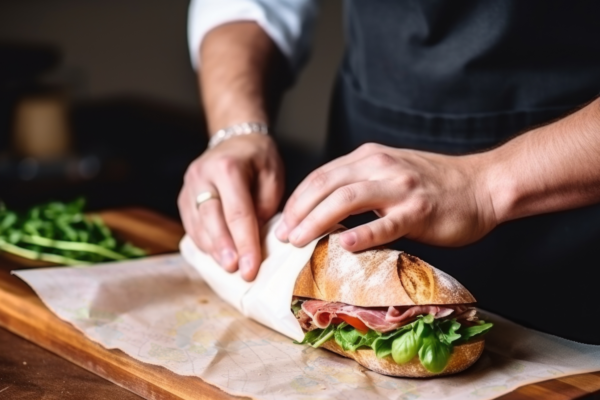Americans love going to restaurants. Most call themselves “foodies” and nearly half say they “live to eat” rather than eat to live.
At Datassential, we track menu and consumer trends, and we know what will happen next in the food industry based on continuous research and analysis. We see innovation abounding, and measure the gap between new foods and flavors and consumers’ willingness to try them.
And recently, we wondered, how do you quantify the most “food-forward” city in America?
It’s not just about having a lot of trendy restaurants. It’s about having a thriving and diverse restaurant scene.
Plenty of city-dwellers think their hometown is the best. But Datassential doesn’t just measure the city with the most foodies or the most cutting-edge restaurants.
It’s the diversity of cuisines, the prevalence of emerging foods and flavor trends and residents’ appetite for varied menus, that make a city food forward. About 65% of all new food experiences come from a restaurant, making the complexity and dynamism of an area’s restaurant scene critical in measuring how food-forward consumers are in that part of the country.
Based on our comprehensive measurement, here is Datassential’s ranking of the top 10 food-forward cities in America:
| 1. | San Francisco, CA | 6. | New York, NY |
| 2. | Los Angeles, CA | 7. | Houston, TX |
| 3. | Miami, FL | 8. | Monterey, CA |
| 4. | Washington, DC | 9. | Las Vegas, NV |
| 5. | San Diego, CA | 10. | Austin, TX |
Big cities out of the top 10
Here’s how some other of the most populous cities in the U.S. fared in our analysis:
| #14 | Dallas, TX | #27 | Chicago, IL |
| #16 | Phoenix, AZ | #38 | Philadelphia, PA |
| #26 | San Antonio, TX |
Uncover the full Datassential Food-Forwardness Ranking
Methodology
Datassential developed its ranking by balancing three major factors that we believe together give the fullest and most complete ranking of food-forwardness.
tHE RACE TO 90
What we call “The Race to 90” is, in essence, the competition among cities in terms of how food forward they are or not.
Here’s how we break it down: Taking into account every restaurant in a particular metro area, we crunched the numbers to see how many cuisines it would take to reach 90% of an area’s total restaurants. The higher the number of cuisines to hit that magic 90% mark, the higher the food-forwardness ranking of a particular city. The lower the number of cuisines to hit that mark, the less food-forward a municipality is considered.
Take Memphis for example. “Varied menu,” Mexican, BBQ, Bar & Grill and Chinese restaurants together make up about half of all restaurants in the area. It takes 15 more cuisines, or 20 in total, to reach the 90% threshold. For the top city in this category, Miami, it takes 29 different cuisines to reach that threshold.
Ethnic Diversity
This is a measure of the prevalence of ethnic vs. non-ethnic restaurants in each metro area. The lower the score in this category, the higher the percentage of diverse cuisines.
Trend-Forward Ranking using the Menu Adoption Cycle (MAC)
This metric measures food and flavor trends on a four-stage evolution that we call our Menu Adoption Cycle. Here’s how the MAC stages break down:
| Inception | Trends start here. Found in mostly fine-dining and ethnic independents, Inception-stage trends exemplify originality in flavor, preparation, and presentation. |
| Adoption | Found at fast-casual and casual independents, Adoption-stage trends grow their base via lower price points and simpler prep methods. Still differentiated, these trends often feature premium and/or generally authentic ingredients. (quiche, pizza, chicken and waffles, burger) |
| Proliferation | Proliferation-stage trends show up at casual and quick service restaurants. They are adjusted for mainstream appeal. Often combined with popular applications (burgers, pastas, etc.), these trends have become familiar to many. |
| Ubiquity | Ubiquity-stage trends are found everywhere – these trends have reached maturity and can be found across all sectors of the food industry. Though often diluted by this point, their inception-stage roots are still recognizable. |
For this component, Datassential ranked cities according to how often earlier-stage trends showed up at local restaurants, highlighting that a particular city was responsible for giving life to new food trends.
So there you have it! Now, what food trend are you most looking forward to trying next?
__________________________________________________________________
Samantha Des Jardins is the Content Marketing Manager at Datassential. To learn more about how Datassential helps restaurants see and implement food trends, click here.
For media inquiries, contact media@datassential.com.






